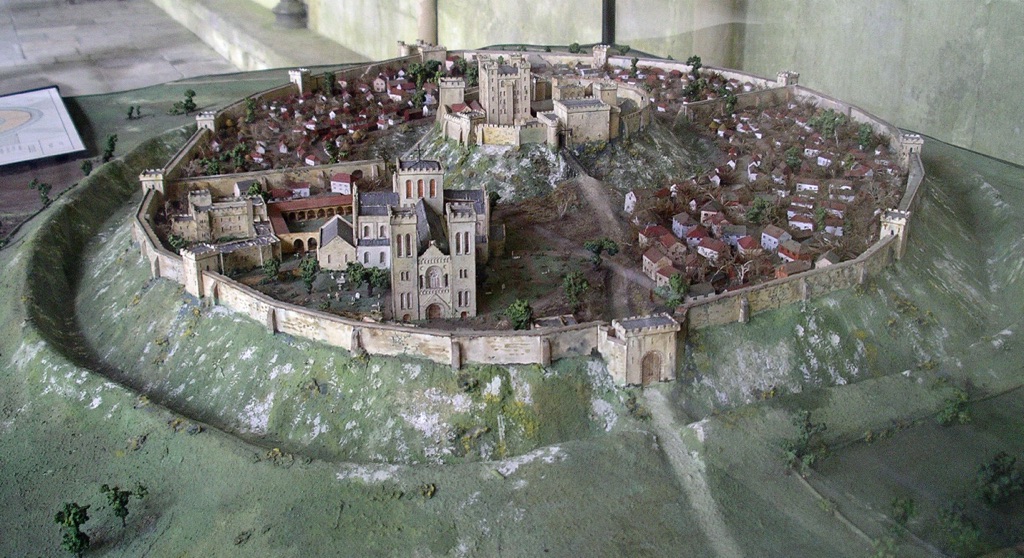Summary
Historic Significance of Old Sarum
Old Sarum stands as a symbol of British history, rising from the Salisbury Plain. Once a flourishing royal fortress, it boasts a tale that spans over 5,000 years. This site witnessed Roman occupation, the comings and goings of Saxon kings, and the political moves of Norman conquerors. As visitors explore the ruins, they tread upon layers of history, each stone a reminder of an age gone by. Roman legions once stood guard here, and it served as a backdrop to some of Britain’s formative events.
Get your dose of History via Email
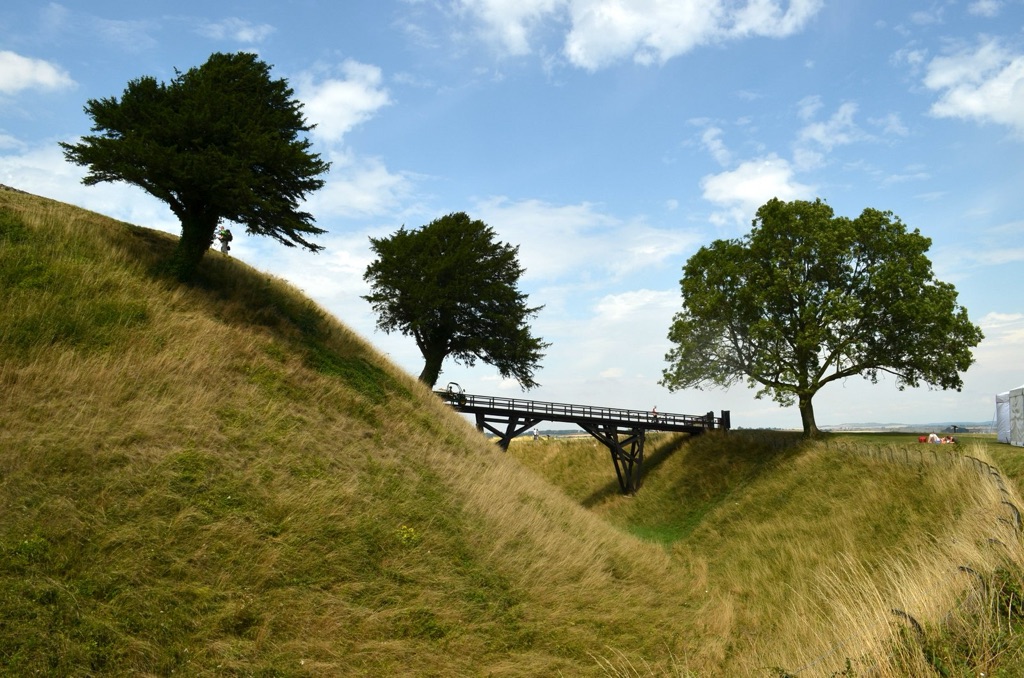
Cultural Heritage and Ruins
The ruins of Old Sarum embody the cultural heritage of the United Kingdom. Archaeological treasures beneath the grassy banks tell stories of the first settlers, indicating a rich tapestry of past lives. The site preserves Norman architecture, with the remnants of the royal palace and cathedral beaconing history buffs. It’s not just a walk in the countryside but a pilgrimage into the nation’s ancestral footsteps. Every archway and crumbling wall whispers tales from medieval banquets to the echoing chants of monks.
Old Sarum Today: Preserving the Past
Today, Old Sarum evokes a peaceful, reflective atmosphere, inviting visitors to ponder the tumultuous history that shaped England. Conservation efforts ensure the integrity of this ancient site, allowing for educational visits and scholarly study. It’s a space where families can come together, where history becomes tangible, and where the past is respected and remembered. With a sprawling panorama across the Wiltshire landscape, Old Sarum remains not just a relic but a beacon of living history.
Historical Background of Old Sarum
Old Sarum bears testament to thousands of years of British history. It stands on Salisbury Plain, once a bustling royal fortress. This site has evolved through many ages. It has seen Roman command, the rule of Saxon kings, and the Norman conquest. The first settlers built here, laying down the roots for what would become an iconic fortress.
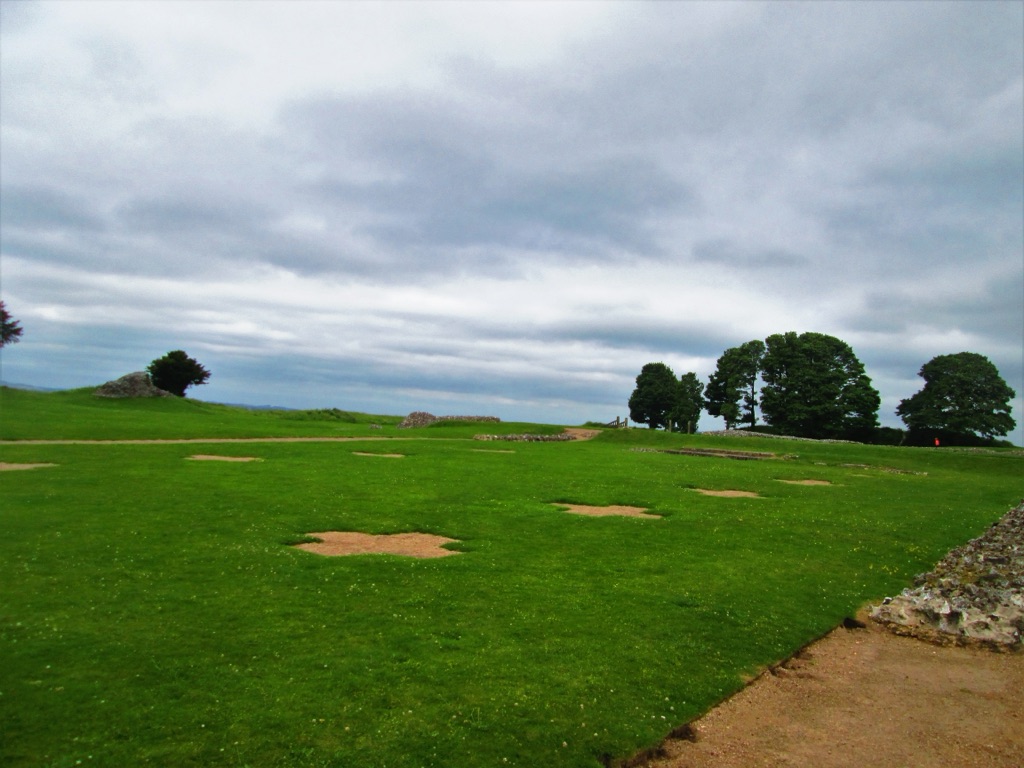
Early Settlement and Roman Fortification
Long before medieval splendor, early settlers chose this site for its high ground. It offered clear views over the surrounding land. The Romans built a fort here, protecting the crossroads of ancient trading paths. They called it Sorviodunum. The remains of Roman roads hint at a once-strategic outpost in the vast empire.
Saxons and Normans: Power and Politics
After the Romans left, the Saxons fortified Old Sarum. It was a place of power for local chieftains. Then the Normans arrived, constructing a massive stone castle. They also built a cathedral, showing their dominance. These ruins still capture imaginations with stories of royal drama and political plots.
During the medieval period, Old Sarum’s influence began to wane. The citizens, tired of harsh winds and lack of water, moved to nearby Salisbury. They left Old Sarum a ghost town with abandoned streets and silent squares. But the site has never lost its grandeur, continuing to awe those who walk its grounds.
Conservation and Modern Recognition
Today, Old Sarum remains an essential historic site. It draws visitors from around the globe. Conservation work keeps the ruins stable, preserving them for future generations. English Heritage manages the site, making sure its stories will not be lost. People come here to learn, to explore, and to imagine the days when kings and queens roamed these grounds.
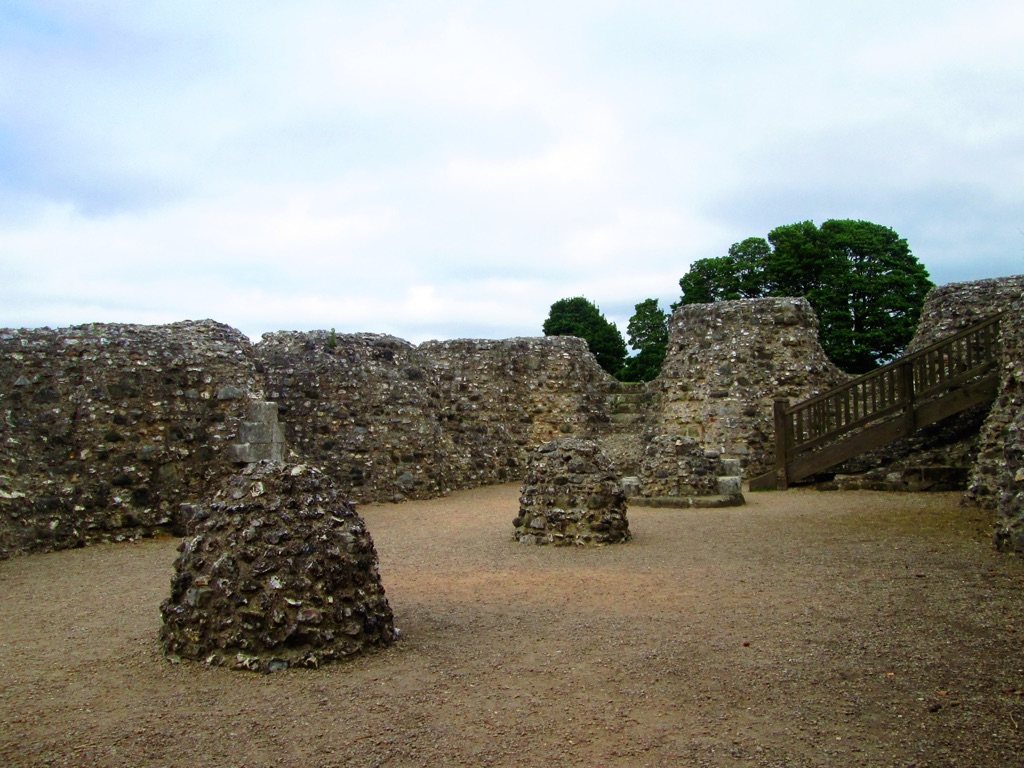
The Discovery of Old Sarum
Unveiling the Ancient Fortress
Archaeologists stumbled upon Old Sarum during excavations in the early 20th century. They unearthed the foundations of what was a significant military stronghold. It once overshadowed the Salisbury Plain. This discovery unveiled a treasure trove of British history, hidden for centuries beneath the green landscape.
Insights from Historical Documents
Records from medieval monks hinted at the presence of Old Sarum. However, its exact location and extent were unknown until its discovery. Detailed analysis of old manuscripts led to finding the site’s perimeter walls. It laid out the area of the original settlement. This research was pivotal in pinpointing the exact grounds of the historic site.
Old Sarum’s reveal did not just uncover buildings; it found artifacts of life from various periods. Coins, pottery, and weaponry linked it to Roman, Saxon, and Norman eras. These finds were crucial. They bridged gaps in the historical narrative of Old Sarum, from an Iron Age fort to a Norman stronghold.
Glimpses of a Royal Past
The excavation exposed remnants of a royal palace and a cathedral at Old Sarum. These structures spoke of the site’s former glory. Researchers unraveled tales of kings and bishops who shaped early English history. It was a place of reverence, a site where ancient rulers made monumental decisions.
Today, the story of Old Sarum’s discovery is part of its allure. Visitors come to marvel at the unearthed ruins and enjoy panoramic views once enjoyed by royalty. It’s an ongoing journey of discovery, as each visit uncovers new insights and stories about this ancient edifice’s past.
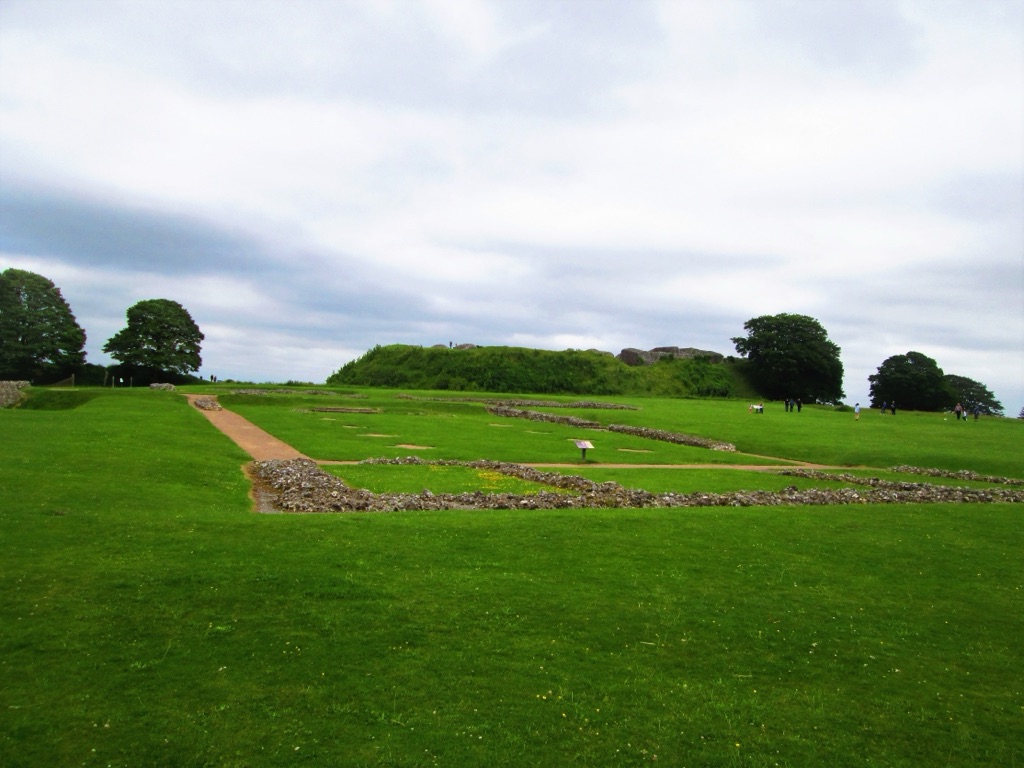
Cultural Significance, Dating methods, Theories and Interpretations
The Cultural Pillar of Old Sarum
Old Sarum is a cultural cornerstone that reflects societal changes over millennia. Its roles have ranged from a military base to a religious center. This spectrum of uses underscores its importance in understanding Britain’s evolving identity. From Romans, Saxons to Normans, each group left a distinct cultural imprint. Old Sarum remains a canvas displaying British history’s progression.
Innovative Dating Techniques in Archaeology
Dating the layers of Old Sarum’s rich history was made possible through innovative methods. Archaeologists used radiocarbon dating and dendrochronology to establish timelines. These techniques pinpoint the construction times of its walls and buildings. Through precision dating, experts can trace the site’s development from an Iron Age fort to a Norman stronghold. Understanding Old Sarum’s timeline has been crucial in piecing together historical events.
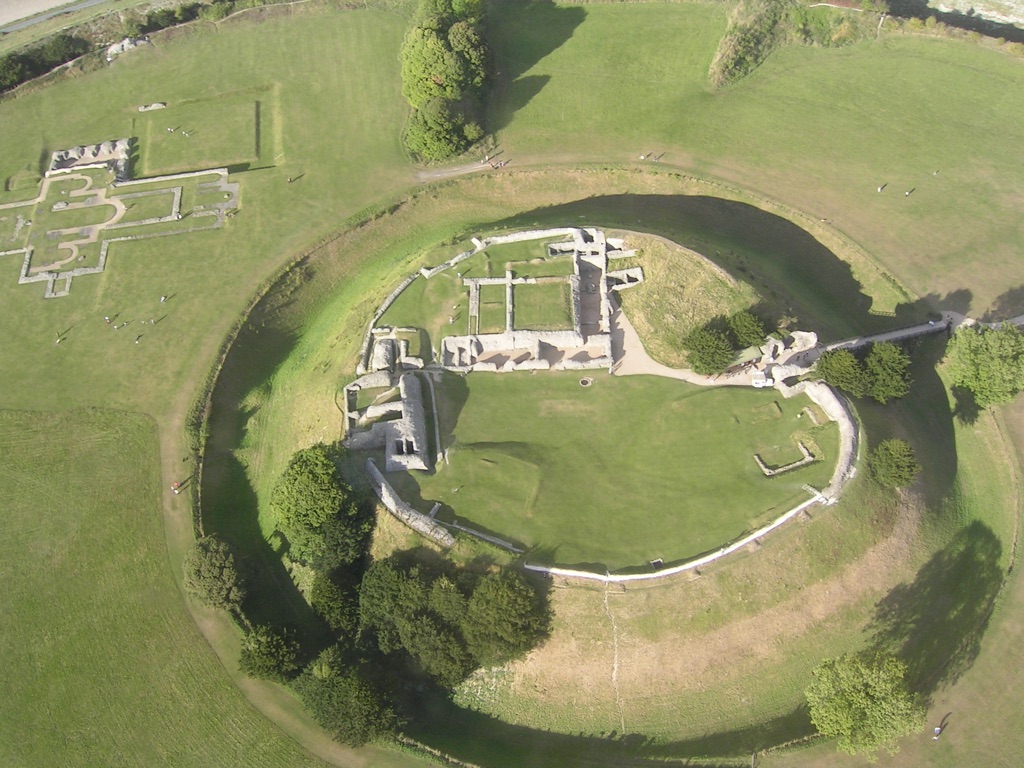
There are many theories about the life and decline of Old Sarum. Some suggest frequent wars led to its abandonment. Others believe the exposed location made living conditions difficult. Recent interpretations point to a strategic shift to New Sarum or Salisbury. This theory highlights changing preferences in trade and politics, which led to the site’s gradual decline.
Interpreting Old Sarum’s Structures
Old Sarum’s ruins offer insight into medieval architecture and design. The robustness of its defenses exemplifies military strategies of the time. The layout of the cathedral ruins hints at religious practices in the Norman era. These interpretations help historians understand the social hierarchies and daily life of those ancient times.
Today, Old Sarum’s influence extends beyond archaeology. It shapes modern British culture and education. The site supports learning about early medieval politics, religion, and military tactics. It is a guidepost for enthusiasts looking to comprehend Britain’s past. Old Sarum does not just recount history; it inspires our present and informs our understanding of the ancient world.
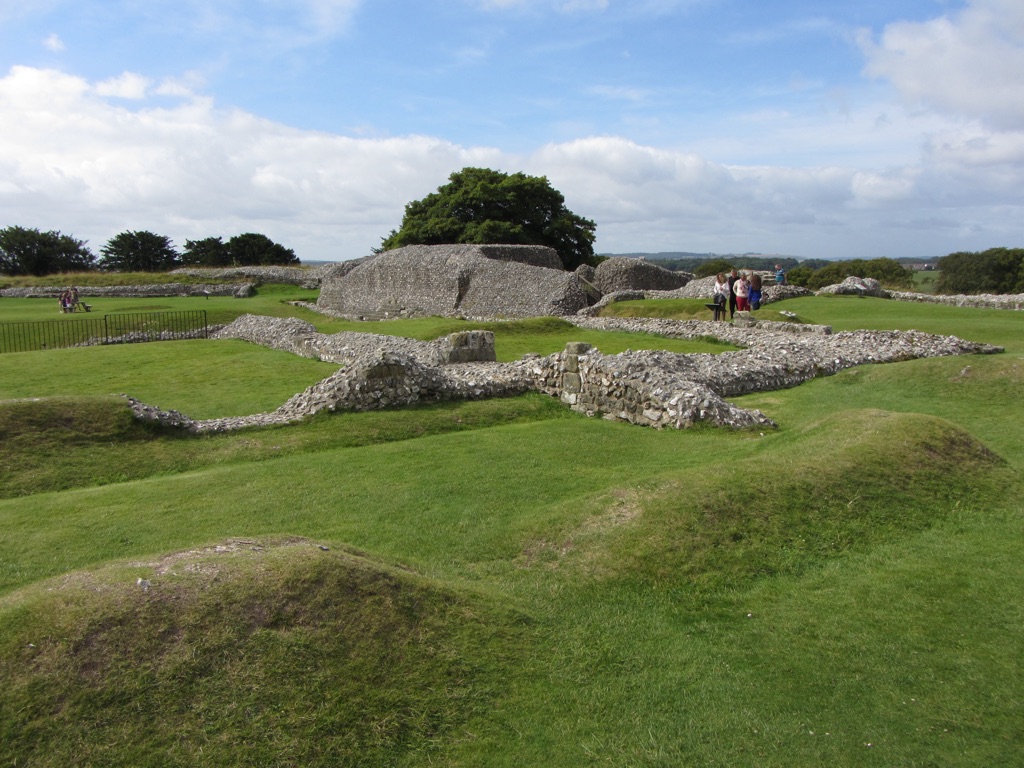
Conclusion and Sources
In summing up the importance of Old Sarum, it’s evident that its value extends beyond the sum of its archaeological parts. It offers a unique vista into the past, acting as a link between present-day observers and the historical narratives of England. Through understanding the methods used to analyze Old Sarum, the theories derived from its structures, and the cultural significance it holds today, we gain insight into a bygone era that has shaped the modern British landscape. As we acknowledge the importance of sites like Old Sarum, it is necessary to continue to support the work that helps unravel the past, educating and connecting us to our heritage.
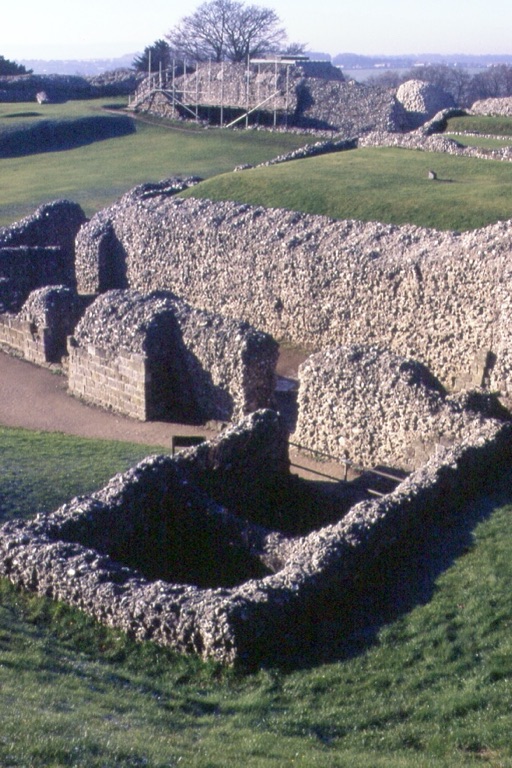
For further reading and to validate the information presented in this article, the following sources are recommended:
Or you can check any of these reputable archaeological and historical texts:
McWhirr, A. (1981). Excavations at Old Sarum, Wiltshire 1959-67. Antiquaries Journal 61, pp. 315–359.
Rodwell, W. (2001). The Archaeology and History of Churches in England and Wales. Tempus, Stroud.
Thomas, J. (1999). Understanding the Neolithic. London: Routledge.

